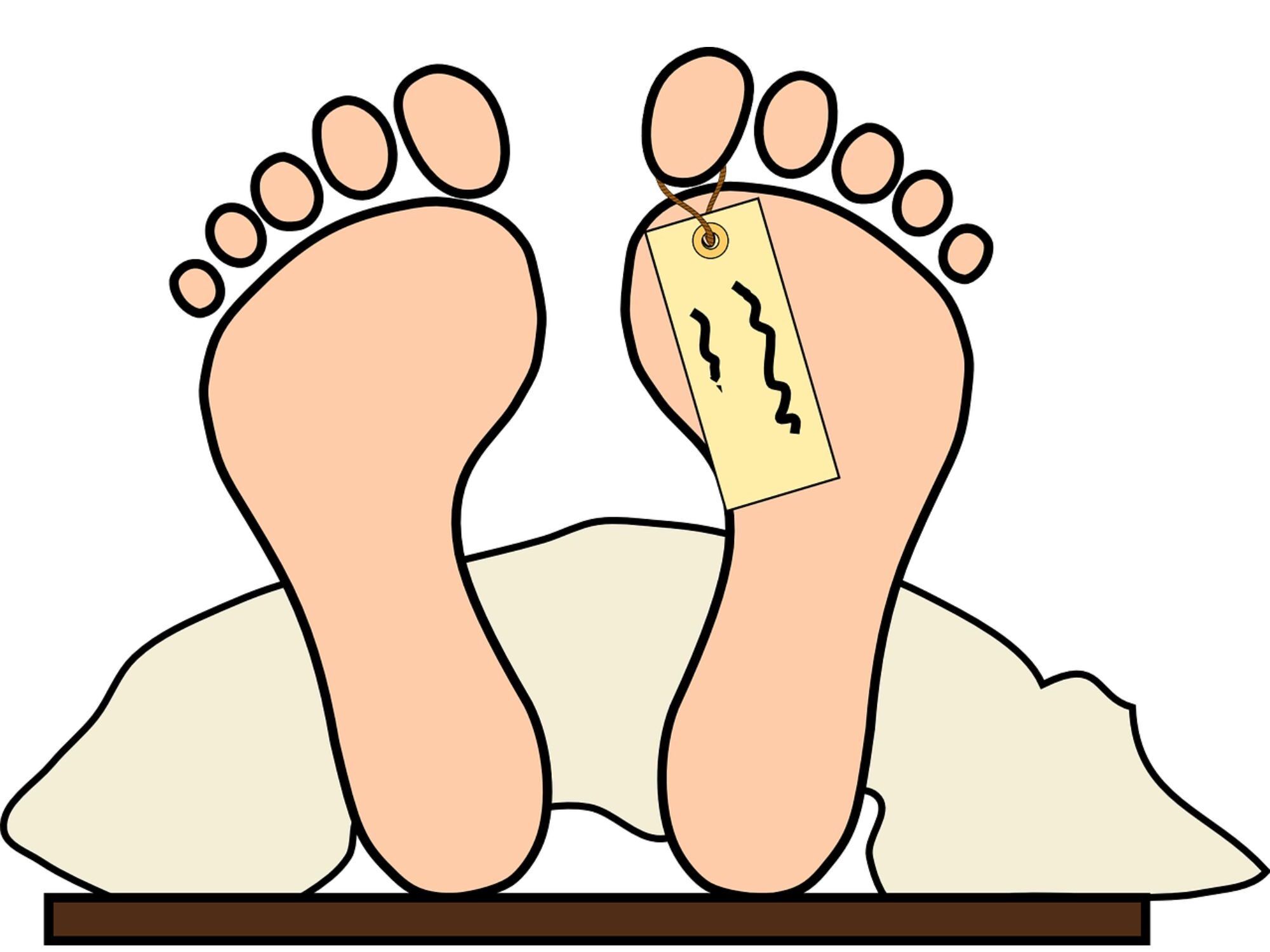
Photo: Pixabay
Experts at Rohini’s Forensic Science Laboratory (FSL) came across this while they were identifying the charred bodies by DNA profile generation and matching them with the samples of the respective claimants in an investigation that has been going on for two months.
FSL director (Rohini) Deepa Verma stated, “A total of 27 bodies were identified and handed over to the claimants. However, during the process of examination by our experts, some additional DNA profiles, which did not have any claimants, were generated. Such profiles have been preserved for future reference.”
Verma added that in future, someone may claim about any of their family member’s presence at the tragedy. In such circumstances, additional DNA profiles preserved with us can be used for identification.
Twenty-seven people were asphyxiated after the fire engulfed a commercial building in Mundka on 13 May. The fire started from the first floor that was a CCTV camera office and router manufacturing and assembling company.
The Delhi Fire Service had deployed cranes to rescue those trapped in the blaze which was put out after almost seven hours. But because the building was already covered in smoke from the fire, some individuals leaped out of the windows to escape, and others descended using ropes.
Four officers were assigned to the forensic investigation under the direction of DS Paliwal, head of the Division of Biology and DNA. In 2005, Paliwal oversaw the DNA testing and identification procedure in the Sarojini Nagar blast, which resulted in the deaths of over 100 persons.
It was extremely difficult for the forensic experts to identify all 27 bodies because all of the leftover burnt bodies, including some flesh that was found to be melted and highly decomposed, were recovered at the scene of the crime, according to Paliwal.
Speaking of the difficulties, he stated that the remains were severely decomposed, which made it challenging to identify them and also took a lot of time. The chore of completely preserving the sample and ensuring that it was properly collected and isolated was made more challenging by the unpleasant stench they gave out. The length of time needed to identify bodies mostly relies on the type of exhibits.
Sharing details of the investigation, Paliwal stated that although some of the bodies were identified by relatives or family members but that lacked scientific evidence.
As the bodies were fully charred, they were identified on the basis of rings, garments, chains or ornaments present. Exhibits such as skeletal remains of the asphyxiated bodies gathered from the scene of crime were sent to FSL.
“Doctors at Sanjay Gandhi Memorial Hospital where the charred bodies were kept in mortuary for post-mortem were instructed to collect bones and molar teeth from these bodies. Once collected, they sealed the exhibits and sent them to FSL”, he said.
The senior scientist explained that other than the samples given, there were some parts of the bodies which were very small.
Last month, Delhi Police had informed that a victim’s body was handed over to a different family “by mistake”, which was rectified using the DNA profile.
SK Arora, Medical Superintendent of Sanjay Gandhi Memorial Hospital, stated, “For the relatives of the deceased, they just wanted the bodies of their loved ones to perform their last rites but without proper identification through scientific process by the FSL, we could not even perform the post-mortem.
He added, “So, as per FSL’s direction, we collected molar teeth and large bones from these charred bodies and handed over to the experts at the laboratory who then generated the DNA profiles and re-matched with the blood samples of the claimants after which we called the relatives of the deceased and showed them the body and performed post-mortem.”
(With inputs from PTI)
For more stories that cover the ongoings of Delhi NCR, follow us on:
Instagram: instagram.com/thepatriot_in/
Twitter: twitter.com/Patriot_Delhi
Facebook: facebook.com/Thepatriotnewsindia
The four cases are linked to the land-for-jobs and IRCTC scam, which are being probed…
This was followed by the Delhi Development Authority (DDA), which addressed 4,804 of the 5,197…
These local stores stock thicker jackets, practical sweaters, and everyday layers that are designed for…
Veer Ahlawat’s final-round 67 sealed a three-shot win at the Rs 1 crore CIDCO Open…
OnePlus has launched the 15R smartphone and Pad Go 2 tablet in India, with prices…
Nearly 2,800 Delhi vehicles denied fuel on first day of 'No PUC, No Fuel' drive…